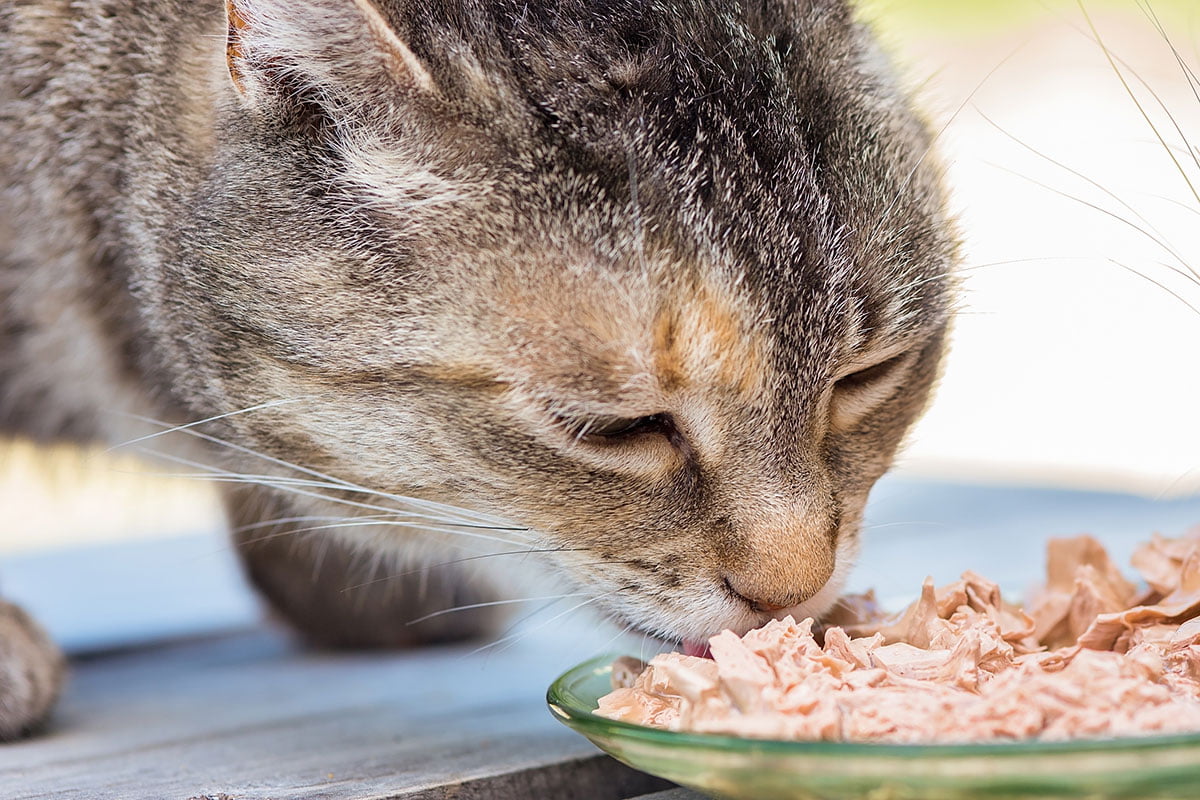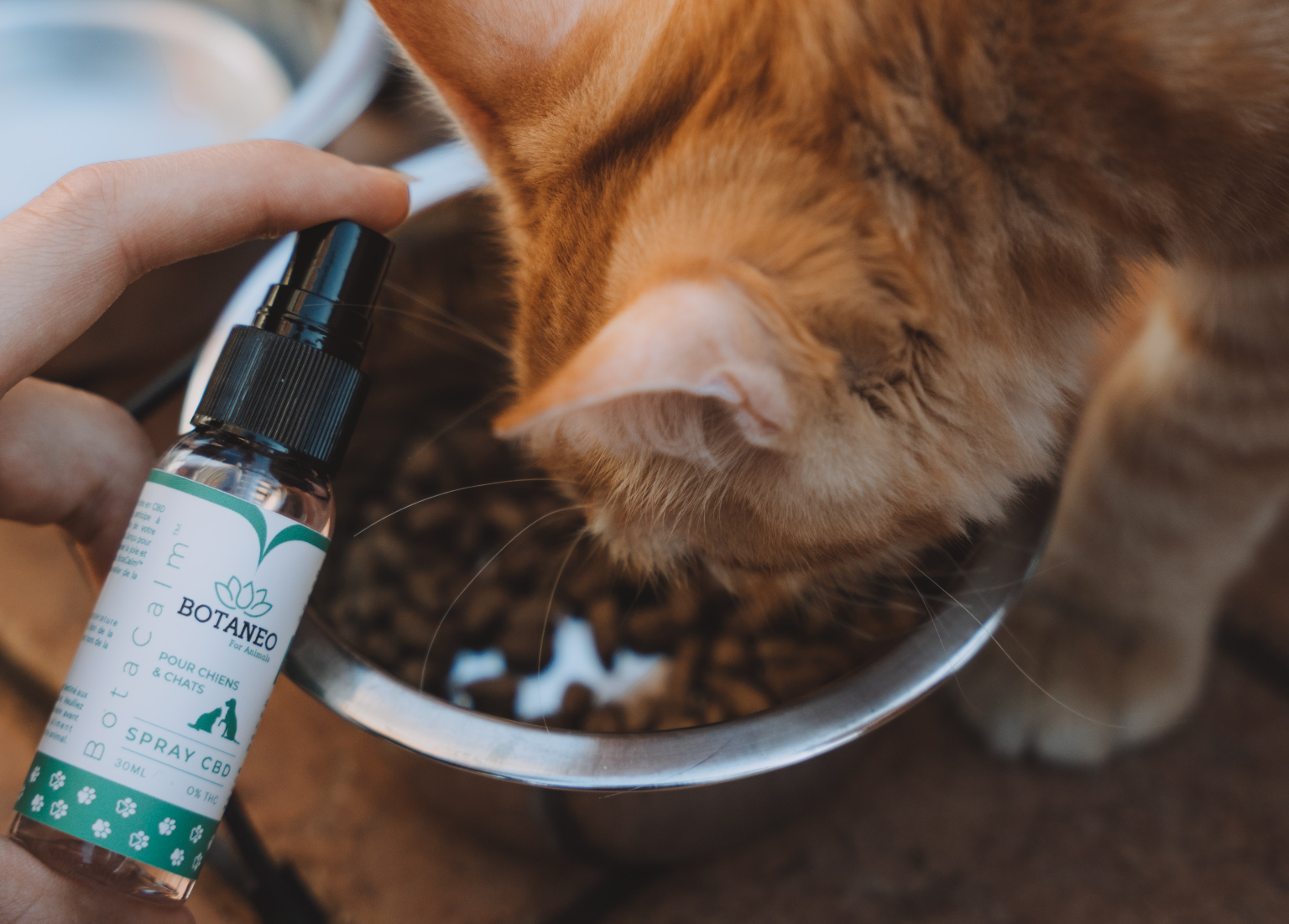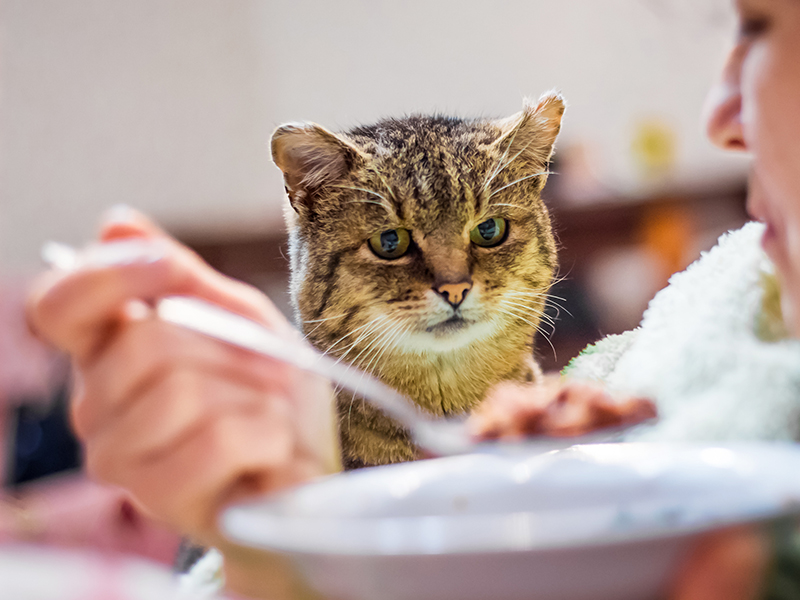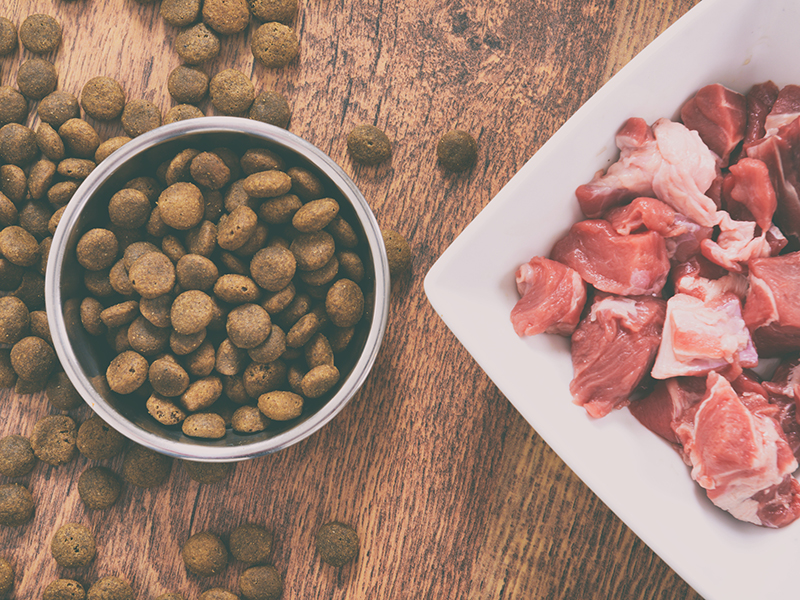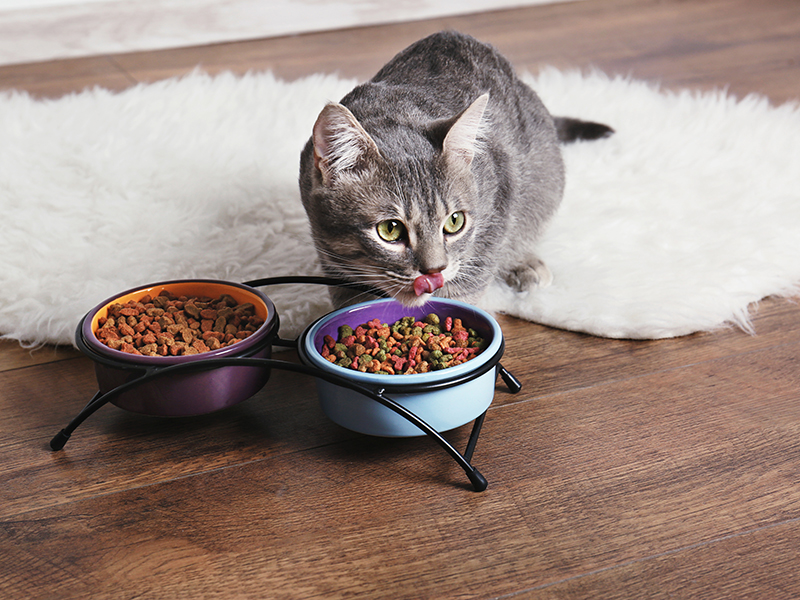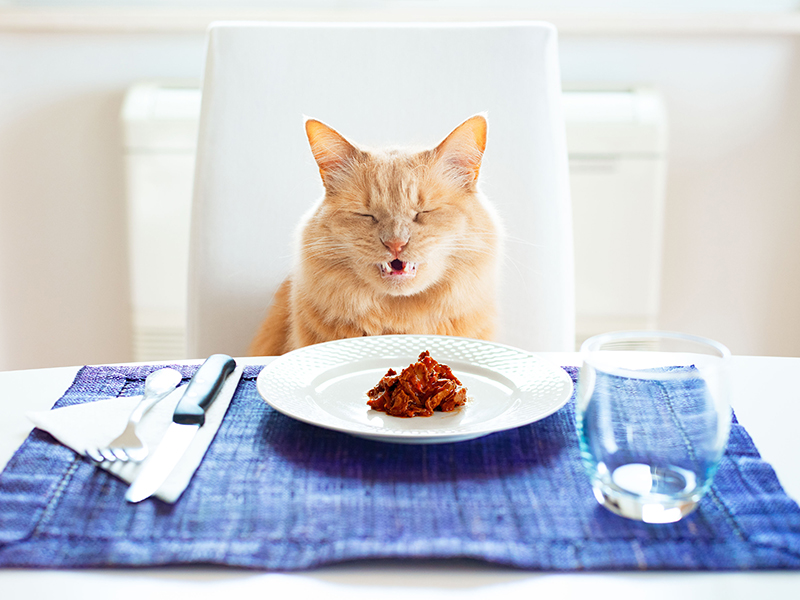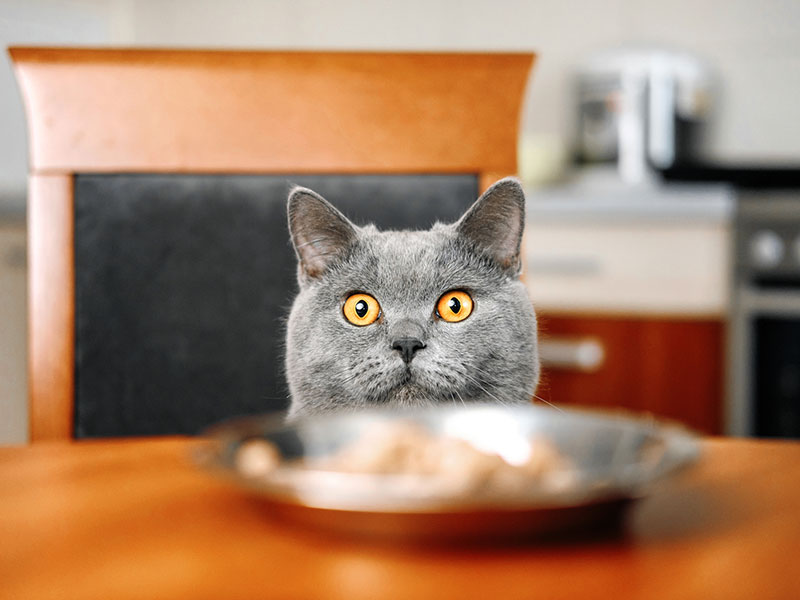Cats, like humans, all have different tastes and needs. Some cats love dry food but some cats can’t suffer through a dry-food meal without a little wet food to spice up the flavor. However, the problem with wet food is that it is fattening and it doesn’t help your cat’s dental health.
That doesn’t mean that you cannot give your cat wet food. Rather, it is important to know how much wet food you should feed your cat.
Eating Wet Food Daily
A lot of cat parents only give their fur-babies wet cat food as a treat. Yet, according to Purina, it is not bad to give your cat wet food daily.
Since cats can eat up to ten small meals per day, you may feel the need to make your cat’s meals more interesting. This can be done by mixing wet and dry food or adding a little topper or meal complement. These extras are also, usually, wet food, though, so be careful you are not giving your cat too much.
Water Intake
Cats that have more wet food are less likely to drink large amounts of water, while cats that eat primarily dry food will usually drink a lot of water. Dry food has between 6 and 10 percent water while wet food averages at 75% water.
Either way, your cat should always have access to fresh water. If you switch to giving your cat more wet food, though, do not be concerned if their water intake decreases. They will still drink water, just a lot less of it. This is because their wet food is satisfying their hydration needs.
Balanced Meals
Cats are obligate carnivores. What does this mean? It means that cats need to get their nutrients from animal products, specifically. (No vegetarian cats here!) Another term for obligate carnivores is true carnivores, whereas dogs are scavenging carnivores.
This distinction shows that cats need meat to survive and thrive. While cats can eat fruits, grains, and honey, it is not necessary for their body to function properly.
Vegetation, such as grass, leaves, and other vegetarian-friendly options are emetic, which means they induce vomiting. While cats (and dogs) might eat grass and other vegetation to remedy a sour stomach, it should not be a continual part of their diet.
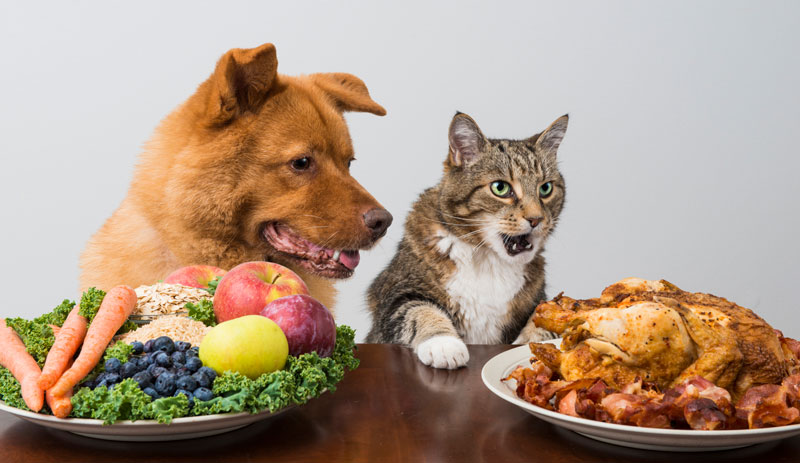
So, if your cat continuously eats vegetation, they could be alerting you to a bigger issue with their digestion.
However, a balanced meal for a cat does not rule out wet food. There are many different options for cats that like wet food. Unfortunately, there are also a lot of false directives out there. Thus, it is up to you to ensure your cat is getting a balanced diet, which is heavy in animal products.
Weight, Size, and Age of Your Cat
The weight, size, and age of your cat is also a major factor in how much wet food you should feed your cat.
However, ultimately, kittens and pregnant cats need the most calories, both for growing themselves and for the growing kitties inside of a pregnant cat. Otherwise, the higher your cat’s weight, the more calories they need to sustain their weight.
This is important because there are many different body shapes and sizes throughout the world of domestic cats. Some cats, like Savannahs and Main Coons, need to eat more to support their body types. Alternatively, smaller cats like the Singapura and the Munchkin do not need a large amount of food to sustain their healthiest body weight.
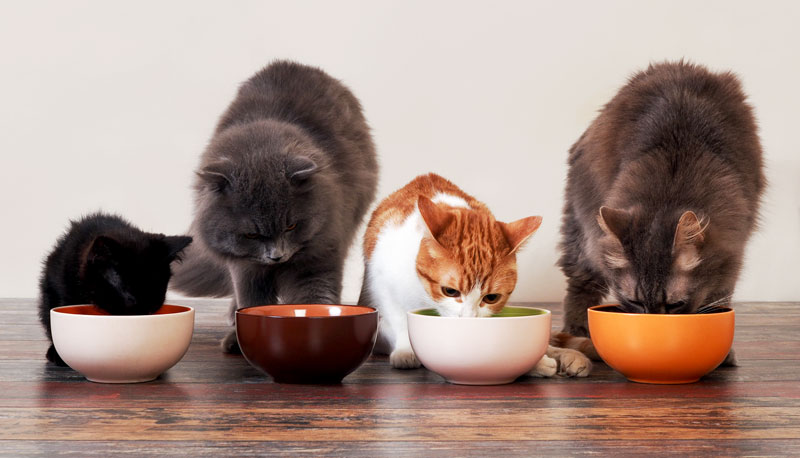
The Cornelle Feline Health Center offers a great diagram of a cat’s Body Condition Score. This can also be used to tell whether your cat needs more food, is right where they need to be, or if they should cut back on the calories.
The age of your cat is also important in deciding how much wet food you should feed your cat. Kittens need more but senior cats (seven to 10+ years) tend to eat less. However, you still need to ensure that your senior cat is getting their essential nutrients. This might be a big adjustment for your cat, as they like routines, but for their health and wellbeing, cutting calories is the best way to keep your aging cat healthy and enjoying a full life.
Remember, whenever a transition is necessary, make it gradual, so that your cat’s digestion has a chance to adjust. This is important for cats of all ages, sizes, and breeds.
Dietary Restrictions
Cats can sometimes have strict dietary restrictions. This depends as much on the age, size, and weight of your cat as it does your individual furry friend. There are many different wet food solutions for accommodating any dietary restrictions your cat has.
If you feel like your cat is not getting the right amount of water per day, feeding your cat wet food can help rectify that. Plus, if you feel like your cat is underfed, wet food will definitely help to increase their body mass.
To close, cats will develop their own personalities. Your cat’s feeding schedules, as well as preference, will be a part of that personality. Therefore, it is important to know where wet food fits into that schedule and how much wet food you should feed your cat. That way, you can be sure that your feline companion is happy, healthy, and well-nourished.

